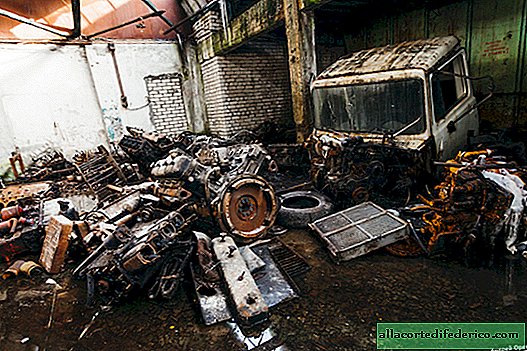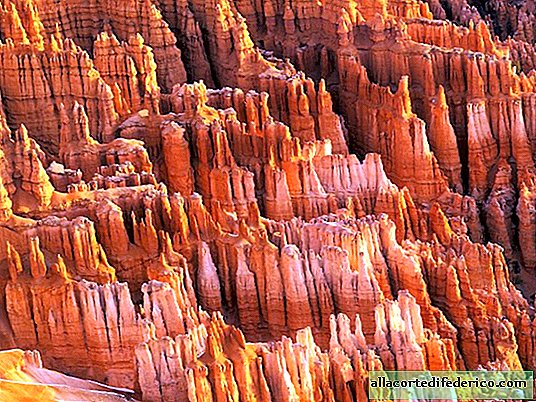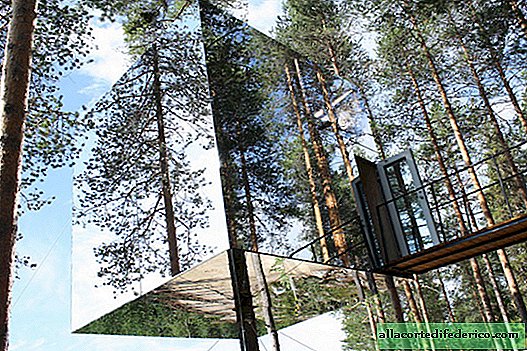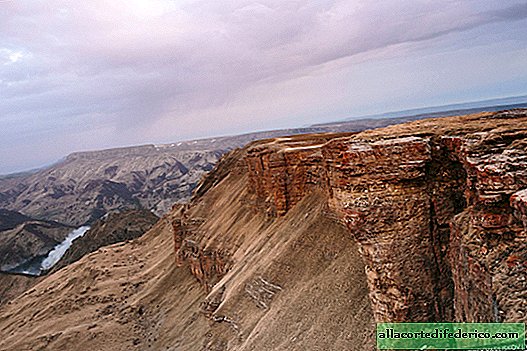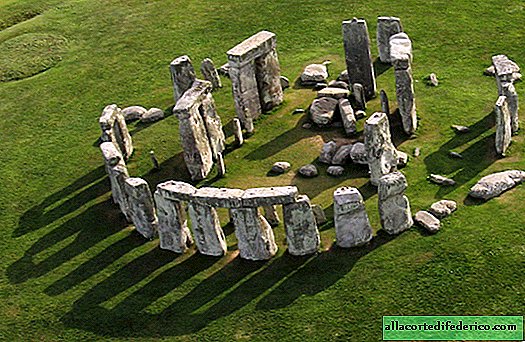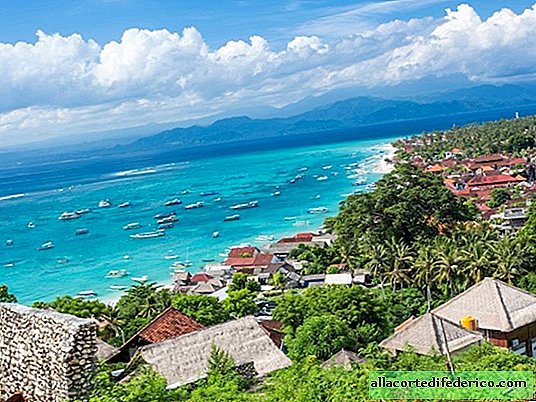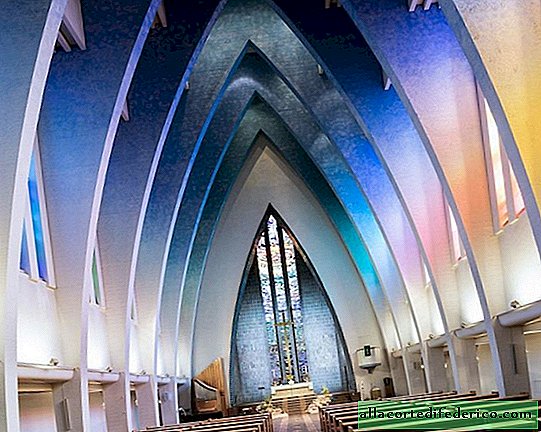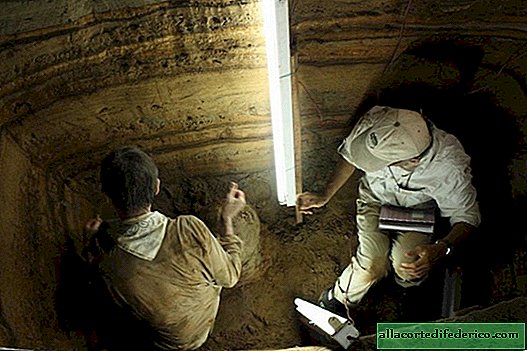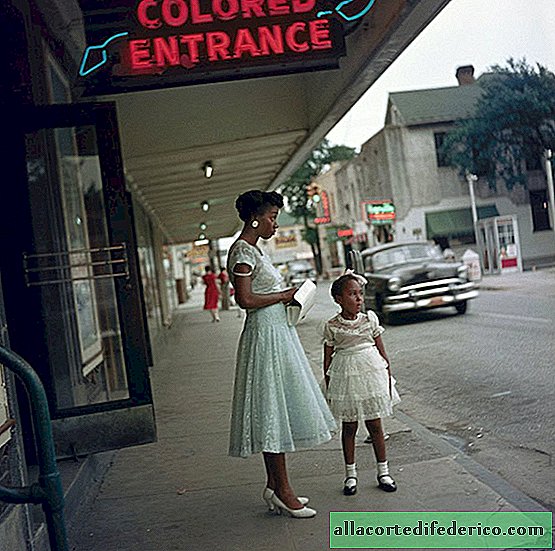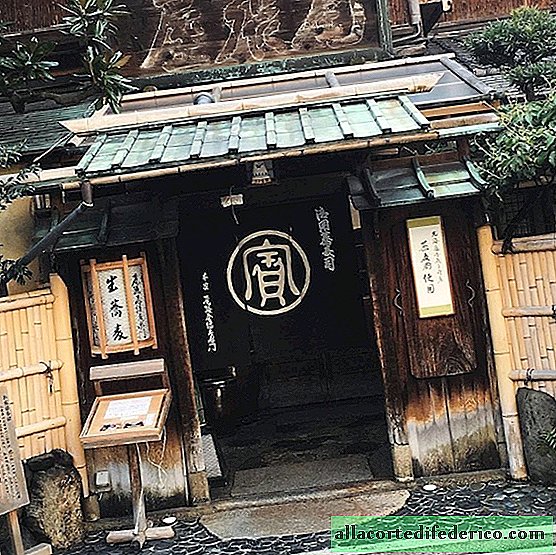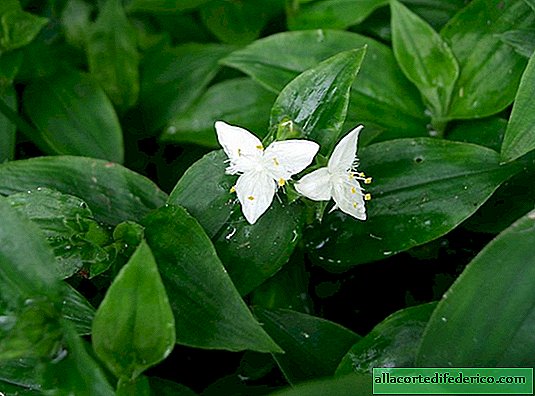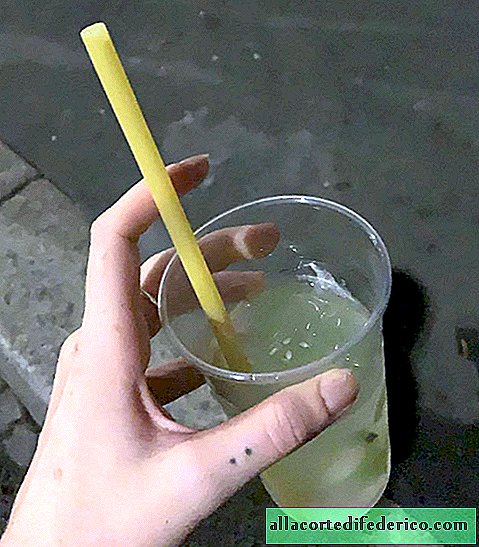Shingu Park Indians: without permission, not even Brazilian police will come to them
In modern Brazil, there are almost no corners of wildlife. Developing agriculture requires more land. To support livestock and crop production, the country's government provides farmers with new plots that are often occupied by Amazonian selva. Meanwhile, Indians still live in Amazonia - the last native inhabitants of the equatorial forests.

Once the Indians inhabited vast areas of South America, from the equatorial jungle to the harsh southern outskirts. With the advent of the colonialists, they were deprived of their original habitats, and their number was greatly reduced. In Brazil, these small nations have survived to this day only in the Amazon Selva - the most inaccessible and remote region of the country. It is here, in the state of Mato Grosso, thanks to the brothers Villas Boas, the Shingu National Park was organized.

The park was founded back in 1961 on an area of almost 28,000 square kilometers. About 4,500 people from 16 different Indian tribes found their home here. Having found themselves in a small territory that guaranteed them protection from a hostile outside world, the Indians were forced to find a common language with their neighbors. This did not always work out and clashes still occur among local tribes. But this is almost trifles compared to the conflicts that existed among the Indians with herders and farmers-farmers.

Today, Shingu National Park is a home for different tribes who live the same way as their distant ancestors. They are engaged in the cultivation of food plants, gathering, fishing and hunting. Local tribes also make peanut butter, which brings them some income. Their traditional homes are made from simple materials at hand, and their entire existence is subject to the laws of nature.

Although there is a school in the park and doctors come here, it is quite difficult to get into the park without a special pass. Before arrival, you must obtain permission from the National Association of Indian Affairs - FUNAI. But some nations, for example, kalapalo, are still so hostile to the white population that even Brazilian policemen do not risk visiting their villages.

The majority of the tribes is small - from 150 to 500 people. But living in the park has a beneficial effect on their lives in terms of population growth. Not the last role in this is played by the medical assistance provided by the Brazilian state.

Most Indians communicate with the outside world, and even sometimes they receive tourists in their villages. One of these is the Kuikuru tribe. Scientists believe that before the advent of Europeans, the ancestors of Kuikuru were one of the most developed civilizations in South America, which built large cities in the Amazon Selva. But imported diseases and armed clashes with the colonialists put the Kuikuru people on the brink of extinction. Today there are about 550 people left.

Perhaps the Shingu National Park is the last chance for these tribes to survive and maintain their identity. After all, they believe in the spirits and deities of nature, feed only on what they have grown and obtained on their land. And the Amazonian forest is the only place where they feel safe.


